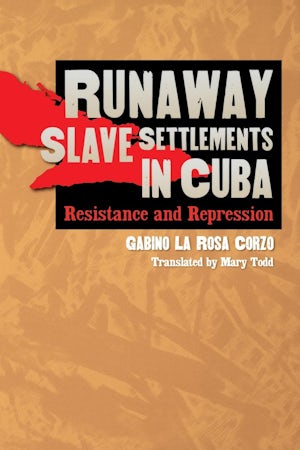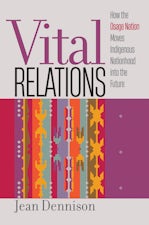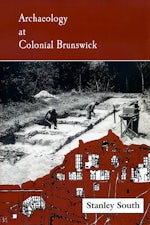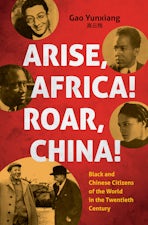Runaway Slave Settlements in Cuba
Resistance and Repression
By Gabino La Rosa Corzo
Translated by Mary Todd
304 pp., 6.125 x 9.25, 9 illus., 13 maps, appends., notes, bibl., index
-
Paperback ISBN: 978-0-8078-5479-2
Published: September 2003 -
E-book EPUB ISBN: 978-0-8078-6173-8
Published: July 2004 -
E-book PDF ISBN: 979-8-8908-7233-3
Published: July 2004
Envisioning Cuba
Buy this Book
- Paperback $47.50
- E-Book $29.99
La Rosa challenges the claims of previous scholars and demonstrates how romanticized the communities have become in historical memory. In part by using detailed maps drawn on site, La Rosa shows that palenques were smaller and fewer in number than previously thought and they contained mostly local, rather than long-distance, fugitives. In addition, the residents were less aggressive and violent than myth holds, often preferring to flee rather than fight a system of oppression that was even more effective and organized than generally supposed. La Rosa's study illuminates many social and economic issues related to the African diaspora in the Caribbean, with particular focus on slavery, resistance, and independence. This translation makes the book available in English for the first time.
About the Author
Gabino La Rosa Corzo is a researcher at the Center for Anthropological Study at the University of Havana. Translator Mary Todd lives in Havana.
For more information about Gabino La Rosa Corzo, visit
the
Author
Page.
Reviews
"A notable effort. . . . Addresses relatively unknown aspects of slavery with a refined, complete, and interdisciplinary methodology that combines the tools of history, anthropology, archaeology, and contributes new knowledge to all three. . . . An excellent and important study."--H-Atlantic
"Contributes to scholarly understanding of not only the nature of slavery, but the ethnic identity of those slaves who lived in these settlements."--Choice
"This is a detailed and well-informed study that helpfully contributes to the understanding of slave resistance and marronage."--American Historical Review
"Culling a wealth of information from 28 slave hunters' diaries . . . the author . . . offers new insights into escaped slave communities as a form of resistance. . . . The rich analysis and detailed descriptions make this book an invaluable contribution for understanding nineteenth-century Cuba."--Americas
"This is a solidly researched and original work that makes an important contribution to the study of resistance to slavery. Although focusing on the peculiar features of resistance and repression in Cuba's Oriente province, Gabino La Rosa Corzo sketches in a cogent new overview of the chronology and trajectory of Cuban slave resistance that offers a useful critique of previous writing and carries the subject to a new level. He combines archaeology, oral history, and hitherto unused diaries of slavecatchers to explain the evolution and demise of cimarronaje and its interaction with government repression. It is a dramatic story of the increasingly relentless hunt through difficult terrain of people seeking freedom and surviving by their wits."--David Geggus, University of Florida
"This book provides uniquely rich information on the social structure, demography, geography, and housing patterns as well as the variety of agricultural activities of the maroon communities of eastern Cuba. Comprehensively detailed and solidly substantiated, it is a powerful model of excellent research and clear writing."--Franklin W. Knight, Johns Hopkins University




